#Heritage textiles
Explore tagged Tumblr posts
Text
Traditional Curtains by Tulio Design
#Traditional Curtains#Luxury Curtains#Designer Curtains#Custom Curtains#Window Treatments#Home Decor#Heritage Textiles#Indian Curtains#Tulio Design
0 notes
Text
How to Wear Party Dresses like Your Favorite Celebrity | Frontier Raas
Imagine the thrill of stepping into a party, adorned in an outfit that mirrors the glamorous style of your beloved Bollywood icons. It’s an exhilarating thought, isn’t it? At Frontier Raas, we bring you an exquisite celebrity wear collection that perfectly captures the essence of Bollywood’s most iconic looks. From mesmerizing Trail gown dresses to chic chequered designer lehenga sets and…

View On WordPress
#Cultural heritage#Ethnic wear#Fashion trends#Handcrafted elegance#Heritage textiles#Indian embroidery#Traditional fashion
1 note
·
View note
Text


Jan 30th
Received this tapestry from the Kew collections today. This lovely little textile has little information about it but is understood to be an example of Native American pine leaf weaving. Its in remarkably good condition for being rolled up in a bag for the last century!
29 notes
·
View notes
Text
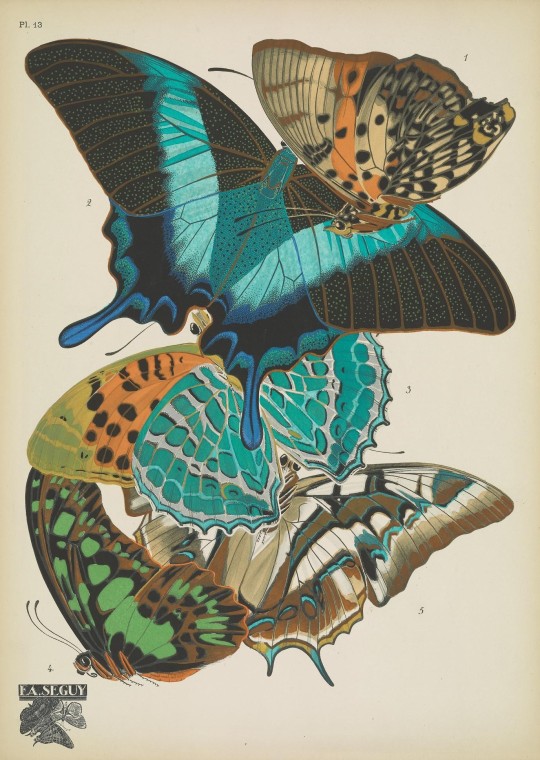
Beautiful Butterflies
SciArt by Emile-Allain Séguy for his Papillons (1925).
Séguy was inspired by nature to design decorative patterns meant for textiles and wallpapers.
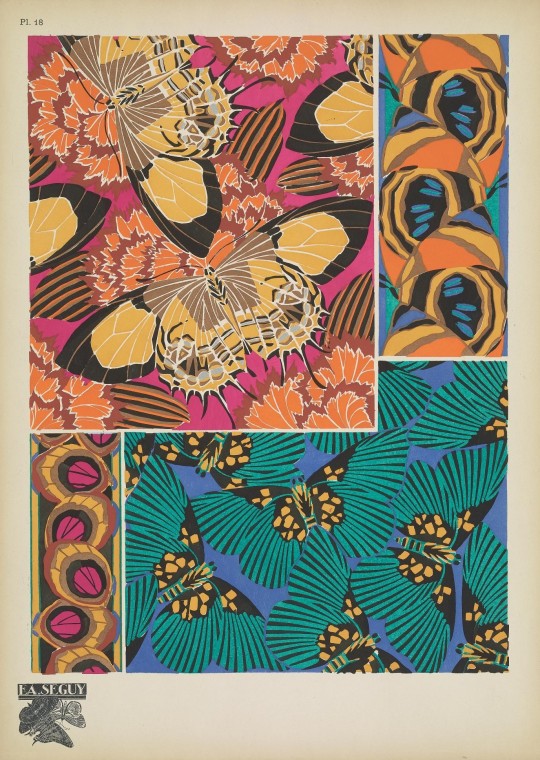
Séguy's Papillons (1925) is part of the Public Domain, which means that these illustrations may be reused for any purpose. As an example, I used the lower pattern of this illustration to create my website's header.
View more in Biodiversity Heritage Library with thanks to Smithsonian Libraries and Archives (@smithsonianlibraries) for digitizing.
#Papillons#Butterflies#Seguy#bhlib#histsciart#sciart#naturalhistory#biodiversity heritage library#smithsonian libraries#textile art#wallpaper
144 notes
·
View notes
Text
















Africa in Fashion
Luxury, Craft and Textile Heritage
Ken Kweku Nimo, Foreword by Deola Sagoe
Lawrence King, London 2022, 200 pages, 19x26cm, ISBN 978 1913 94 7958
euro 46,00
email if you want to buy [email protected]
Africa in Fashion explores the kaleidoscope of craft cultures that have shaped African fashion for centuries and captures the intriguing stories of contemporary and avant-garde African brands. Part One looks at Africa's rich cultural heritage and place in the network of global fashion. The first chapter retells the history of African fashion, exploring Africa's textile traditions, artisanship and role as a global resource. The second chapter presents a New Africa and examines the promise and potential of Africa's markets, while challenging stereotypes and the concept of European hegemony particularly in the realm of luxury fashion. It also spotlights Africa's unique position as the global industry shifts towards a more sustainable future. Part Two ushers the reader into the spectacular world of African fashion today. It showcases a carefully curated set of the continent's most dynamic brands and, through interviews with prominent and inspiring designers, offers rare insight into their ethos and design practice. Covering unisex fashion, menswear, womenswear, accessories and jewelry the brands are each purposefully selected to contribute uniquely to the mosaic of Africa evolving creative landscape.
10/06/24
42 notes
·
View notes
Text

Handwoven Yemenite Jewish prayer shawl, Southern Yemen, Early 20th century. 275 x 102 cm. Gift of Yihya Ovadya Gibli, Jaffa.
"In Yemen, the biblical commandment (Num. 15:38–39; Deut. 22:12) to attach tassels (tzitzit) to the four corners of one’s garment is fulfilled by attaching tzitzit to the four-cornered outer garment worn daily; in other communities, where daily attire is not four-cornered, special ritual garments—the prayer shawl (tallit) and the vest-like tallit katan—have come to be used for this purpose.
The Jews of Yemen wore several types of four-cornered garments to fulfill the tzitzit precept. In Sana'a and on the Central Plateau, an everyday black woolen shawl worn over the shoulders served as a tallit. This type of shawl was an integral part of the Jewish male’s dress in the region, and the indicative offwhite ritual tassels hung from its four corners. A more precious version made of highly refined black wool was worn in this region on the Sabbath.
The garment’s Yemeni Arabic name shamleh recalls the Hebrew word simlah, used in the Bible. Both words carry the idea of a wrapped outer garment that envelops the wearer, as does the tallit when worn during prayers. As a four-cornered garment, the shamleh was subject to the commandment to bear tzitzit, and wearing it allowed one to fulfill the commandment with an article of clothing that served daily functions. In addition to being an article of clothing, it served as a blanket when resting, or a bag for bundling and carrying goods.
In rural Yemen, all men, Muslims and Jews, slung a striped, brightly colored cotton shoulder-cloth around their upper body called a lih feh or masnaf, edged with a woven band and fringes. On the four corners Jews added the ritual tassels, identifying themselves as Jews.
In southern Yemen, the tallitot were woven in color schemes of green, red, and yellow on an off-white background. These were the standard outer garment in this region, either rectangular in shape, or poncho-like with a hole or slit in the middle for the head, similar to the tallit katan (a small, four-cornered garment worn to enable one to fulfill the tzitzit commandment if one’s regular outer garment was not four-cornered). Silk squares were sewn on to reinforce the four corners where the tassels were fixed.
Skilled Jewish weavers made these garments. Among Yemeni Jews, weaving was a widely practiced and highly respected profession, one that was considered to require special skills. In the poncho-like tallit, the edges around the head and neck opening were embroidered with stitches typical of the area. At the turn of the twentieth century, the Ashkenazi white rectangular tallit with its blue or black stripes along the shorter, fringed hems, called shal in Yemen, frequently replaced the traditional Yemenite prayer shawls." x
#tallit#judaica#teimanim#yemenite jews#yemeni jews#mizrahi jews#textile art#jewish heritage#tzitzit#תימנים#מזרחים
16 notes
·
View notes
Text
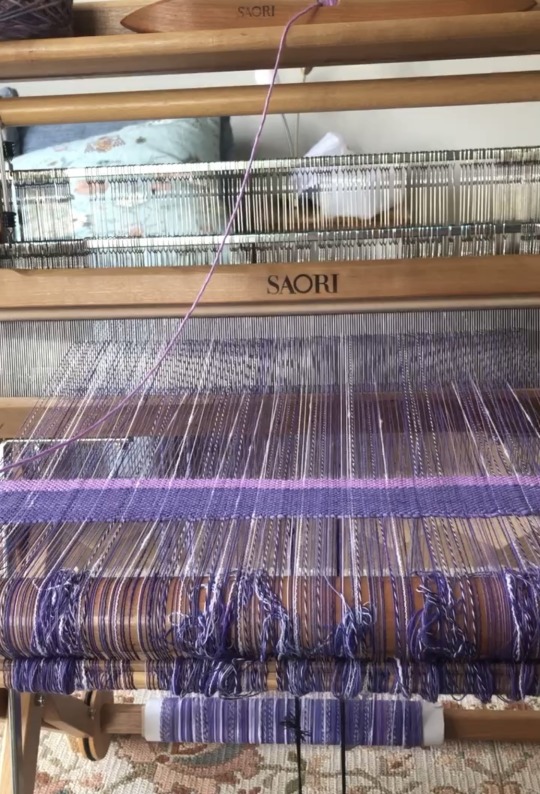


Learning to weave from my grandmother this week. Older generations hold so much wisdom we can tap into to build a more solarpunk world. I really enjoyed using the loom and I hope I have my own one day, and that I can make clothes for myself and other people if my dyspraxia plays ball. This was only my first try though so I’ve got a long way to go!
#solarpunk#self sufficient living#low tech#heritage crafts#weaving#loom#textiles#learning#environmentalism#cottagepunk
120 notes
·
View notes
Text

...and all done and mounted!

6 notes
·
View notes
Text
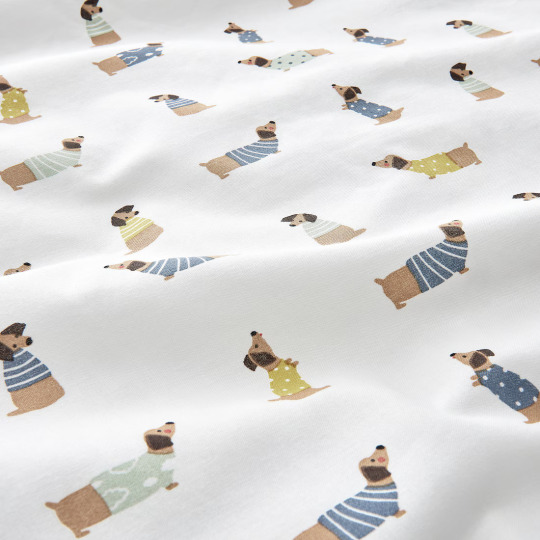
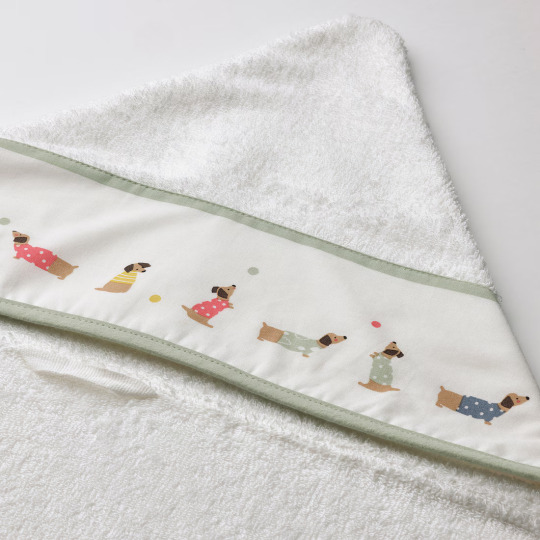
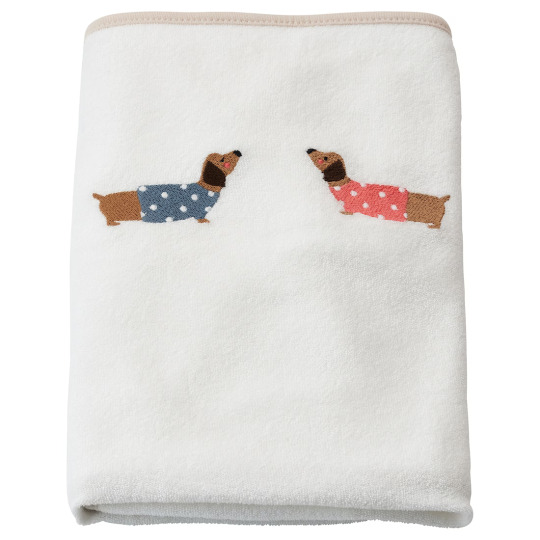
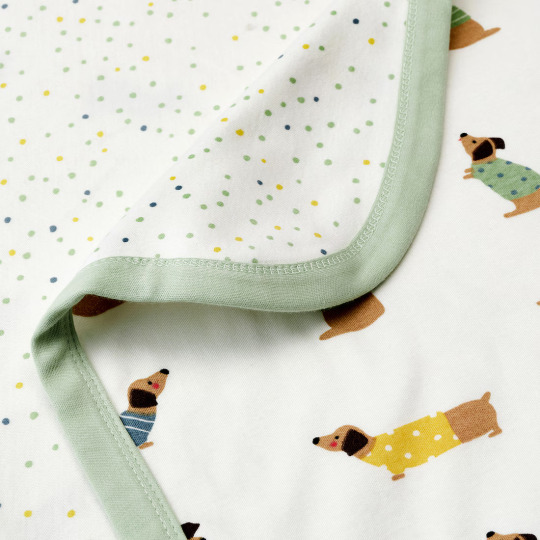
IKEA is just targeting me, personally, at this point
Swedish Accent: Dear Fred we heard you are pregnant with a baby and your baby room will be green and also that you love little weënir døgs in little sweaters please come back and buy another kitchen from us we love you FReeEEeEDDdddDD
(DRÖMSLOTT series baby stuff)
#yes I bought them#I am not immune#nesting hormones: ACTIVATED#scandinavian heritage: ONLINE#my local place is out of the little towel robe tho :(#I plan on getting almost all my other baby textiles second hand from my SIL or swaps/garage sales#but *these* ??? I could not resist#fred is pregnant
14 notes
·
View notes
Text
just learned there are such things as craft holidays/tours. i am ENAMOURED
#the one im looking at in this magazine is in yorkshire#6 days where you visit unesco world heritage site saltaire village (wool and textile central in yorkshire)#and you get to learn about english wool and sheep and telling the differences#and then the old barns and spinning houses in yorkshire and then you get to visit west yorkshire knitters (yarn makers of very nice yarn)#and then theres also workshops on knitting!!!!#expensive as all hell but i would LOVE to go as someone whose father grandfather and grandmother + all those prior#are from yorkshire (specifically leeds)
1 note
·
View note
Text
Threads of Love: Celebrate This Mother’s Day with Special Handloom Sarees
As Mother’s Day approaches, it’s the perfect time to celebrate the special bond between mothers and daughters, a bond woven with threads of love and affection. And what better way to honor this bond than by gifting your mother a beautiful handloom saree? Handloom sarees are not just garments; they are a symbol of tradition, heritage, and craftsmanship. In this guide, we’ll explore why handloom…
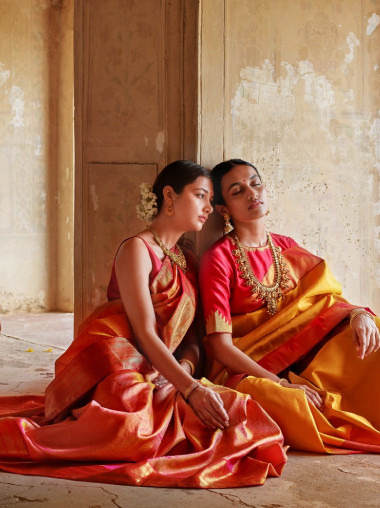
View On WordPress
#Cultural heritage#Embroidered sarees#Embroidery artistry#Ethnic wear#Fashion trends#Handcrafted elegance#Heritage textiles#Indian embroidery#Saree love#Traditional fashion
1 note
·
View note
Text





𝐃𝐢𝐬𝐜𝐨𝐯𝐞𝐫 15 𝐈𝐜𝐨𝐧𝐢𝐜 𝐈𝐧𝐝𝐢𝐚𝐧 𝐒𝐚𝐫𝐞𝐞𝐬 𝐚𝐧𝐝 𝐭𝐡𝐞 𝐫𝐢𝐜𝐡 𝐜𝐮𝐥𝐭𝐮𝐫𝐞 𝐬𝐭𝐢𝐭𝐜𝐡𝐞𝐝 𝐢𝐧𝐭𝐨 𝐞𝐯𝐞𝐫𝐲 𝐝𝐫𝐚𝐩𝐞
India’s Sarees are more than fabric. They are living traditions woven with pride, art and heritage. This article explores 15 stunning saree types from across the country, tracing their origins, cultural value and timeless beauty. Whether you're a fashion lover or a history buff, this is a must read journey through India's woven identity.
Regards, Fashion Articles by Waves Fashion Institute
#saree#fashion#fashion design#indian fashion#ethnic style#ethnic fashion#ethnic wear#indian heritage#saree love#traditional wear#indian weaves#textile story#cultural fashion#handloom#handloom india#saree history#ethinc style
0 notes
Photo

🌟 Step into a world of color and craftsmanship with our latest wallpaper, Traditional Weaving Shop! This cozy workshop is a celebration of vibrant woven textiles, showcasing the incredible beauty of traditional weaving techniques. 🧶✨
Imagine the warm ambiance of a space filled with the rich textures and patterns that tell stories of culture and heritage. Each piece in this wallpaper is a testament to the artistry and dedication of skilled artisans, bringing a touch of tradition right into your home. Whether you’re a fan of cultural aesthetics or just looking to add a splash of color to your walls, this wallpaper is perfect for you!
Feel inspired? You can transform your space with this stunning design! Click here to explore the vibrant weaving world and bring home this captivating wallpaper: Explore the vibrant weaving world
Let your walls tell a story and embrace the beauty of tradition! 🌈🖼️
Tags: "traditional weaving, cultural wallpaper, textile art, cozy workshop, vibrant colors, artisan crafts, heritage design, woven textiles, home decor, cultural aesthetics, bohemian style, wall art, craftsmanship, cozy vibes, unique wallpapers, traditional crafts, textile patterns, interior design, artistic expression, cultural heritage, vibrant decor"
#traditional weaving#cultural wallpaper#textile art#cozy workshop#vibrant colors#artisan crafts#heritage design#woven textiles#home decor#cultural aesthetics#bohemian style#wall art#craftsmanship#cozy vibes#unique wallpapers#traditional crafts#textile patterns#interior design#artistic expression#cultural heritage#vibrant decor
1 note
·
View note
Text







#batik fashion#indonesian batik#slimfit shirt#elegant menswear#modern batik#heritage fashion#luxury batik#handmade clothing#traditional textile#premium shirt#formal menswear#cultural heritage#exclusive fashion#tailored fit#sophisticated style#batik lovers#artisan craftsmanship#high quality fabric#stylish menswear#phoenix motif#timeless design#classic batik#etsy seller#handmade shop#etsy finds#small business support#shop small#independent brand#fashion marketplace#handmade with love
0 notes
Text
Fusion Styles Combining Global and Local Influences in Kids’ Fashion
In today’s interconnected world, fashion knows no boundaries. This cultural amalgamation has paved the way for “fusion styles” that seamlessly blend global trends with local heritage, resulting in unique and vibrant kids’ fashion. These styles celebrate diversity, honor traditions, and offer fresh, exciting designs for young wardrobes. Let’s dive into the fascinating world of fusion fashion for children and explore why it’s capturing the hearts of parents and designers alike.
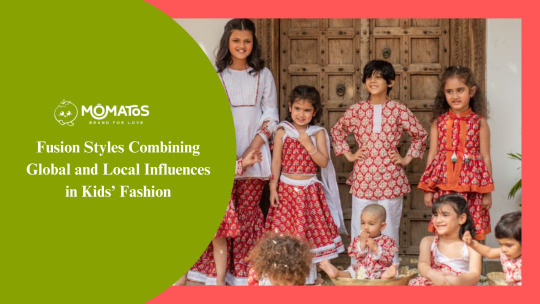
Why Fusion Styles Are Trending in Kids’ Fashion
The growing appeal of fusion styles lies in their ability to:

Celebrate Diversity: Parents want their children to appreciate and embrace various cultures from an early age. Fusion fashion offers a creative way to introduce multiculturalism.
Add a Unique Flair: Mixing global and local elements creates distinctive outfits that stand out in a sea of mass-produced clothing.
Reflect Identity: For families with multicultural backgrounds, fusion styles allow kids to connect with both sides of their heritage.
Promote Sustainability: Many fusion brands source local materials and collaborate with artisans, promoting sustainable practices.
Popular Elements in Fusion Kids’ Fashion
1. Traditional Textiles with Modern Silhouettes
One of the most popular aspects of fusion fashion is the use of traditional fabrics such as:

African Ankara Prints transformed into trendy jumpsuits or dungarees.
Indian Ikat or Bandhani fabrics crafted into playful rompers and dresses.
Japanese Shibori dye techniques integrated into contemporary t-shirts and skirts.
These fabrics breathe new life into global textiles while catering to the comfort and functionality needs of kids.
2. Global-Inspired Embellishments
Intricate embroidery techniques like Mexican Otomi patterns on jackets and hoodies.
Mirror work and Zari embroidery from South Asia adorning casual wear.
Scandinavian minimalist aesthetics paired with bold ethnic accents.
3. Fusion Festival Wear
Children’s festival clothing now incorporates:
Traditional silhouettes like lehenga skirts paired with graphic tees.
African-inspired dashiki prints in western-style gowns.
Layered kimonos styled over shorts and tank tops.
4. Accessories with a Twist
Accessories play a big role in fusion fashion, including:
Handcrafted moccasins paired with jeans.
Beaded Maasai necklaces styled with boho dresses.
Embroidered backpacks or caps featuring motifs from various cultures.
How Designers Are Innovating Fusion Fashion for Kids
Collaborations with Artisans
Many brands are partnering with artisans worldwide to incorporate traditional craftsmanship. For example:
Bolivian weavers creating unique ponchos for kids.
Indian block printers designing patterns for western-style shirts.
Sustainably Sourced Materials
Fusion kids’ fashion often uses eco-friendly materials like organic cotton, bamboo, and recycled fabrics, ensuring that these stylish outfits are also kind to the planet.
Customizable Options
Some brands allow customization, enabling parents to mix and match global prints with local cuts to create truly one-of-a-kind outfits for their children.
Tips for Styling Fusion Fashion for Kids
Layer Creatively: Combine a traditional vest with a modern tee or denim jacket.
Focus on Comfort: Choose soft, breathable fabrics that allow kids to move freely.
Mix Patterns Thoughtfully: Pair bold ethnic prints with neutral basics to create balance.
Accessorize with Subtlety: Add cultural elements through shoes, hats, or jewelry without overwhelming the look.
The Future of Fusion Kids’ Fashion
As global connectivity continues to grow, so will the demand for fusion fashion. Upcoming trends include:

Tech-Integrated Traditional Wear: LED lights or smart fabrics combined with heritage designs.
Gender-Inclusive Fusion Styles: Breaking stereotypes by merging versatile designs with cultural motifs.
Virtual Try-Ons: Using augmented reality to help parents visualize how fusion styles look on their kids.
Final Thoughts
Fusion styles in kids’ fashion are more than just a trend; they are a celebration of culture, creativity, and inclusivity. By blending the beauty of global influences with local heritage, these designs encourage children to appreciate diversity while looking stylish and feeling comfortable. Whether it’s for everyday wear, festive occasions, or special events, fusion fashion offers endless possibilities for parents looking to dress their little ones in something unique and meaningful.
As parents and designers continue to embrace this vibrant trend, one thing is clear: fusion kids’ fashion is here to stay, setting the stage for a colorful, culturally rich future in the world of children’s wear.
momatos.in
#Kids' fusion fashion#Global and local style blend#Traditional textiles for kids#Multicultural kids' clothing#Fusion festival wear for children#Sustainable kids' fashion#Modern ethnic kids' wear#Cultural heritage in fashion#Unique kids' outfits#Global-inspired kids' fashion trends
0 notes
Text

Sexypink - Caribbean Artists’ works speak to us as Caribbean people. We do not need to explain this kind of textile sculptural costume because it is inside us. Tau Lewis is playing with a kaleidoscope of textures, shapes and cacophony of s o u n d s that rattle the senses exquisitely.

Sexypink - Tau Lewis - French Canadian and Jamaican heritage.

Sexypink - Tau Lewis at work in her studio

Sexypink - detail - Tau Lewis

Sexypink - The beauty of finding an Artist’s work sometimes is the communication that you feel is going on between yourself and that person’s creations.
It is a bonding, a sort of intimacy being formed because it is speaking to and with you. Tau Lewis’s sculptural forms are doing this for me.

Sexypink - Tau Lewis calls her work an ‘ upcycling of a circumstance.’ Hers are celestial bodies come to life amidst bits and pieces of flotsam and jetsam.

Sexypink - Tau Lewis’s towering forms - l call it, look ah boo boo man Dey!

Sexypink - In a world where we have seen it all, it is wonder to feel a bit uncentered by Tau Lewis’s daunting forms that like the West African Zangbeto, you expect them to come alive and consume you whole.
#sexypink/ Tau Lewis#sexypink/assemblage and textiles#sexypink/ soft sculpture#tumblr/Tau Lewis#Jamaican heritage#sculpture#textiles
3 notes
·
View notes